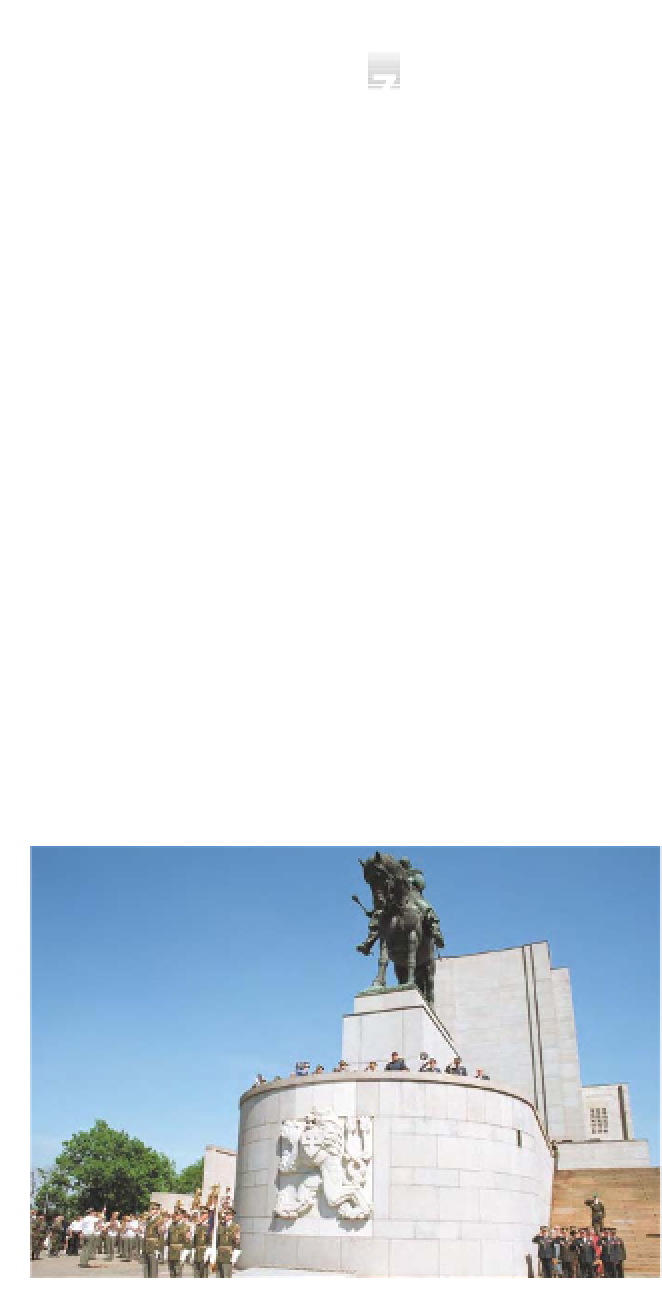Travel Reference
In-Depth Information
Troja
The riverside gardens and
chateau of Troja are an excellent
destination for a day trip out of
the city. Cross the Vltava from
Stromovka, take in the château's
beautiful garden and art
collection
(see p120)
, the
Baroque chapel of St Clare and
the zoological gardens. There is a
bus from here that will take you
back to the centre.
d
Map B5
∆i≈kov
This working-class neighbourhood
came into being when city fathers
divided the expanding Královské
Vinohrady district. The inhabitants
of the area thumbed their noses
at Habsburg rule and named their
new district after the Hussite
warrior. ∆i≈kovites' contrary nature
runs deep, even having a
separatist movement which
promotes an independent
Republic of ∆i≈kov. An alternative
culture thrives around the
Akropolis club and the Divus
artists collective, and increasingly,
numerous ethnic restaurants are
bringing an international touch
to the area.
V†stavi√te
The fair grounds here were
originally built at the end of the
19th century to host trade shows,
but nowadays you're more likely
to see a hockey match or a rock
concert at Paegas Arena, or a
Shakespeare performance at a
replica of London's Globe
Theatre. There's an amusement
park with rides for the kids, an
outdoor cinema and the oddly
charming musical K∫i≈ík Fountain
(see p51)
. If you want to see the
original statues that graced
Charles Bridge, rather than
today's replicas, pay a visit to the
Lapidárium, where they are
preserved
(see p120)
.
d
Map B5
Stromovka
King Otakar established the
royal game park here in the 13th
century; it's been a public garden
since 1804 (
stromovka
means
“place of trees”). Stroll, skate or
simply enjoy the ancient trees by
day and visit the planetarium by
night. The fish ponds were a
creation of Rudolf II - the
emperor drilled a tunnel under
Letná to bring in water to supply
them
(see p41)
.
d
Map B5
Monument of National Liberation
116












